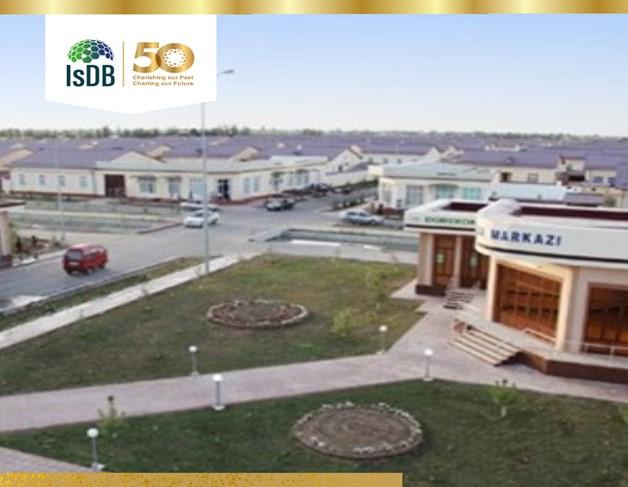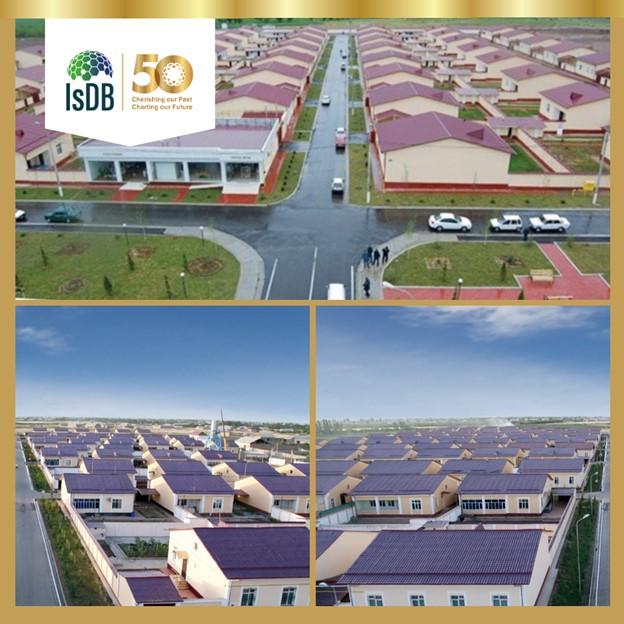Uzbekistan's Rural Renaissance: A Model for Thriving Rural Communities
In the heart of Central Asia, Uzbekistan has embarked on a pioneering initiative that seamlessly blends the traditional allure of countryside living with the conveniences of modern life. With a rural population exceeding 16 million and witnessing an annual growth of approximately 3%, according to United Nations estimates, the urgency for upgraded living conditions was palpable. Acknowledging this critical need, the Government of Uzbekistan, with foresight and commitment to equitable progress, launched the Housing for Integrated Rural Development Program (HIRDP) in 2009.

Supported by the Islamic Development Bank (IsDB) through a multi-tranche financing facility, this visionary program aimed to introduce city-like infrastructure into rural landscapes. Targeting a broad demographic including medium to low-income families, young families, women, single-headed households, and essential societal roles such as educators and healthcare workers, HIRDP covered six key regions: Andijan, Bukhara, Jizzakh, Namangan, Navoi, and Syrdarya.
The program's legacy extends beyond the realm of housing construction. It catalyzed comprehensive development in rural areas, enhancing access to essential social services and elevating the overall quality of life. A collaborative approach, welcoming the active participation of local communities, ensured enduring benefits and fostered a profound sense of ownership among the populace.

Over the years, Uzbekistan's dedication to this initiative has spurred significant economic activity, particularly within the construction sector. The establishment of 12 cement plants, over 70 brick factories, and more than 114 enterprises dedicated to the production of various construction materials not only rejuvenated the industry but also created substantial employment opportunities, with over 300,000 jobs generated annually, including around 75,000 positions directly associated with the project.
The State Program for Construction of Rural Housing has been recognized as a model of successful policy implementation, drawing interest from other nations within the IsDB membership and beyond. Delegations from countries including the Republic of Sudan, Tajikistan, Kyrgyzstan, and Turkmenistan have undertaken visits to observe the impact of this transformative initiative, seeking to replicate its success in their contexts.
The achievements of the HIRDP in Uzbekistan exemplify the impact of strategic partnership and thoughtful planning in meeting the essential needs of rural communities. By infusing modern infrastructure and services into the countryside, Uzbekistan has not only improved the living conditions of its rural inhabitants but has also set an example for sustainable and inclusive development.
As we look back on Uzbekistan's strides in rural modernization, it is evident that visionary leadership and international cooperation are key to fostering development that is both inclusive and sustainable. The HIRDP stands as a beacon of how communities can flourish, enjoying modern advancements while preserving their cultural heritage. This initiative continues to offer invaluable insights into achieving holistic development through the power of partnership and community engagement.